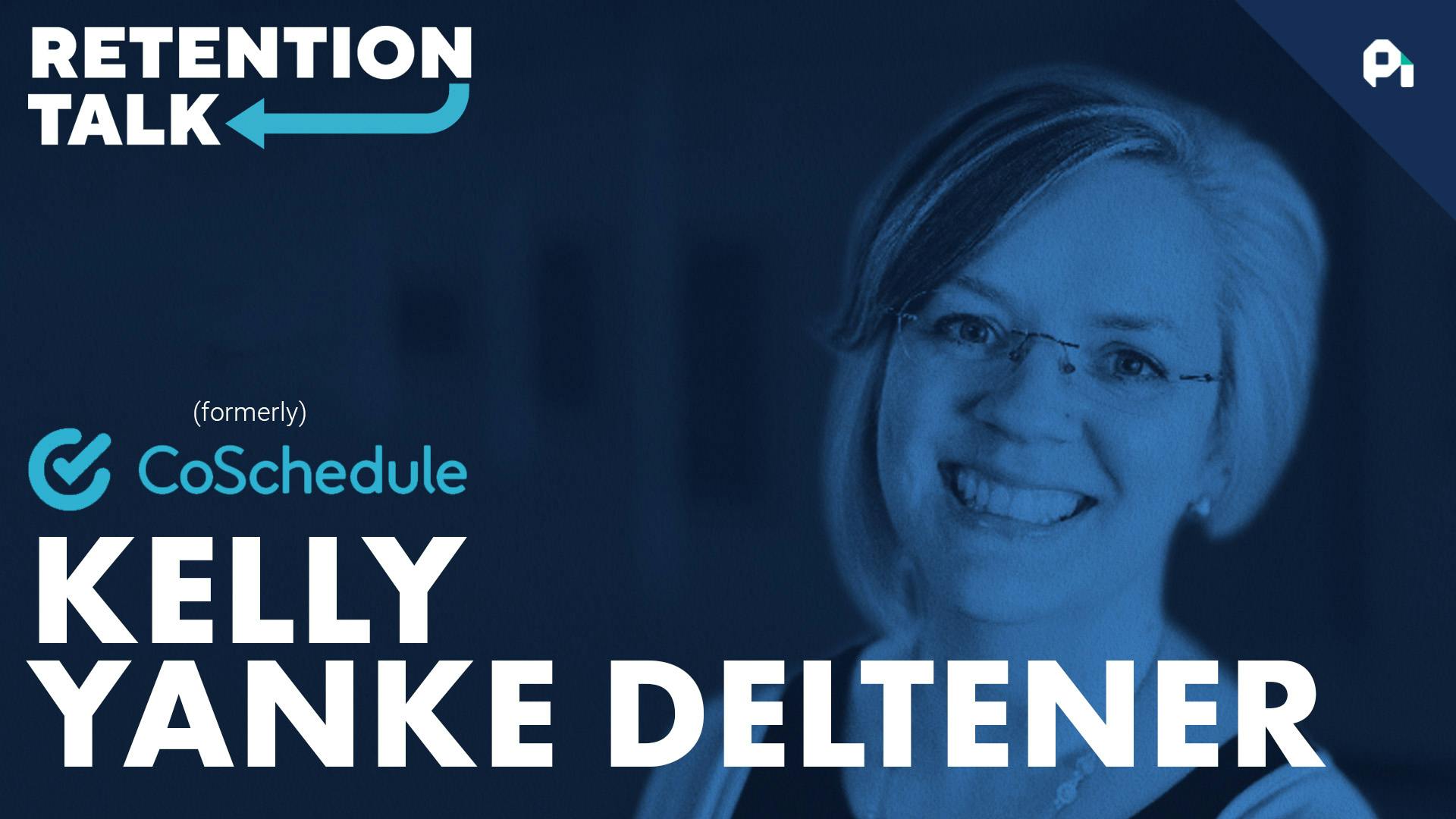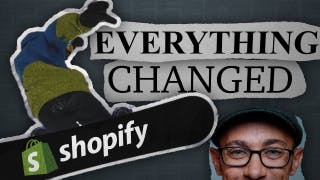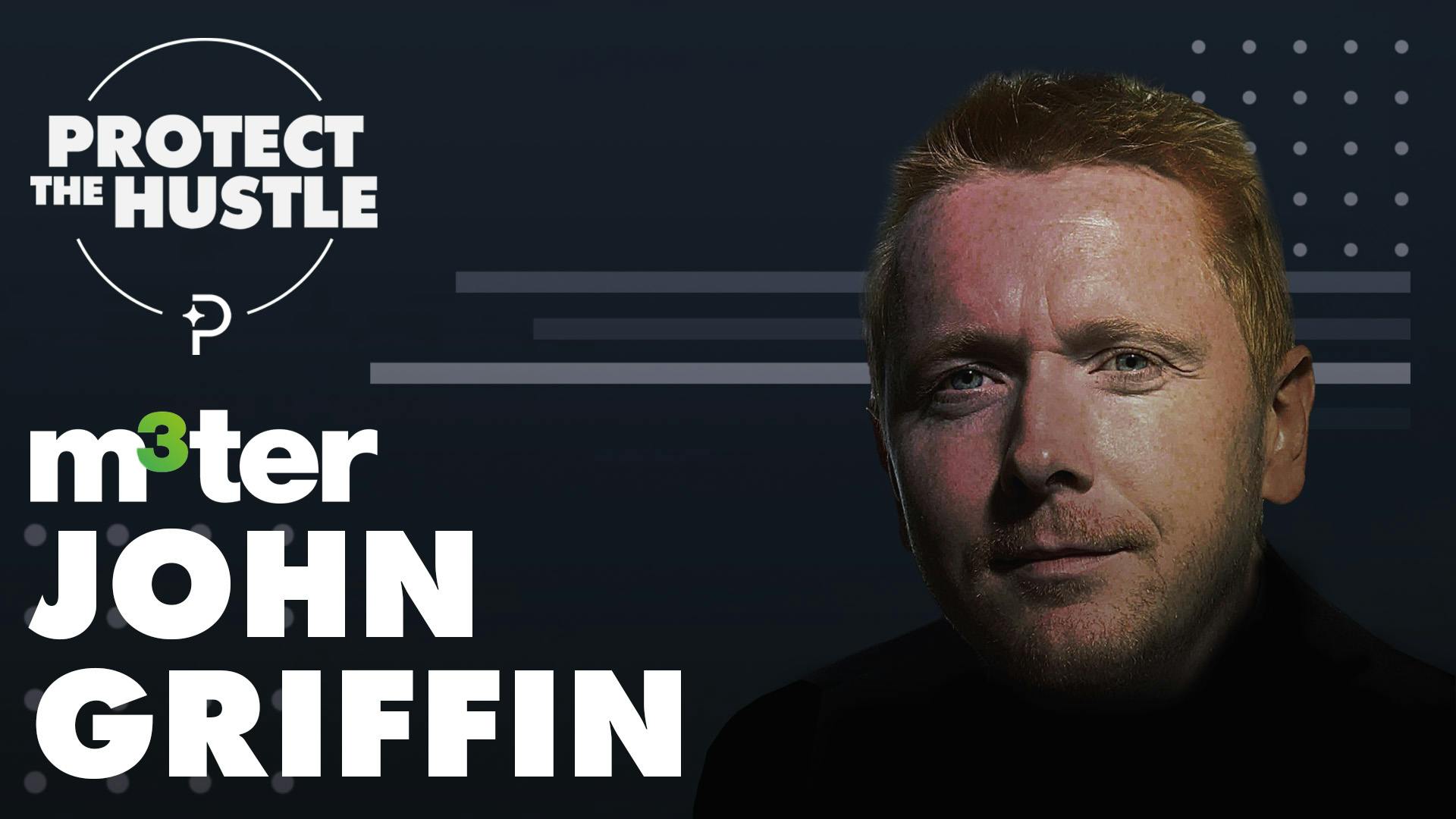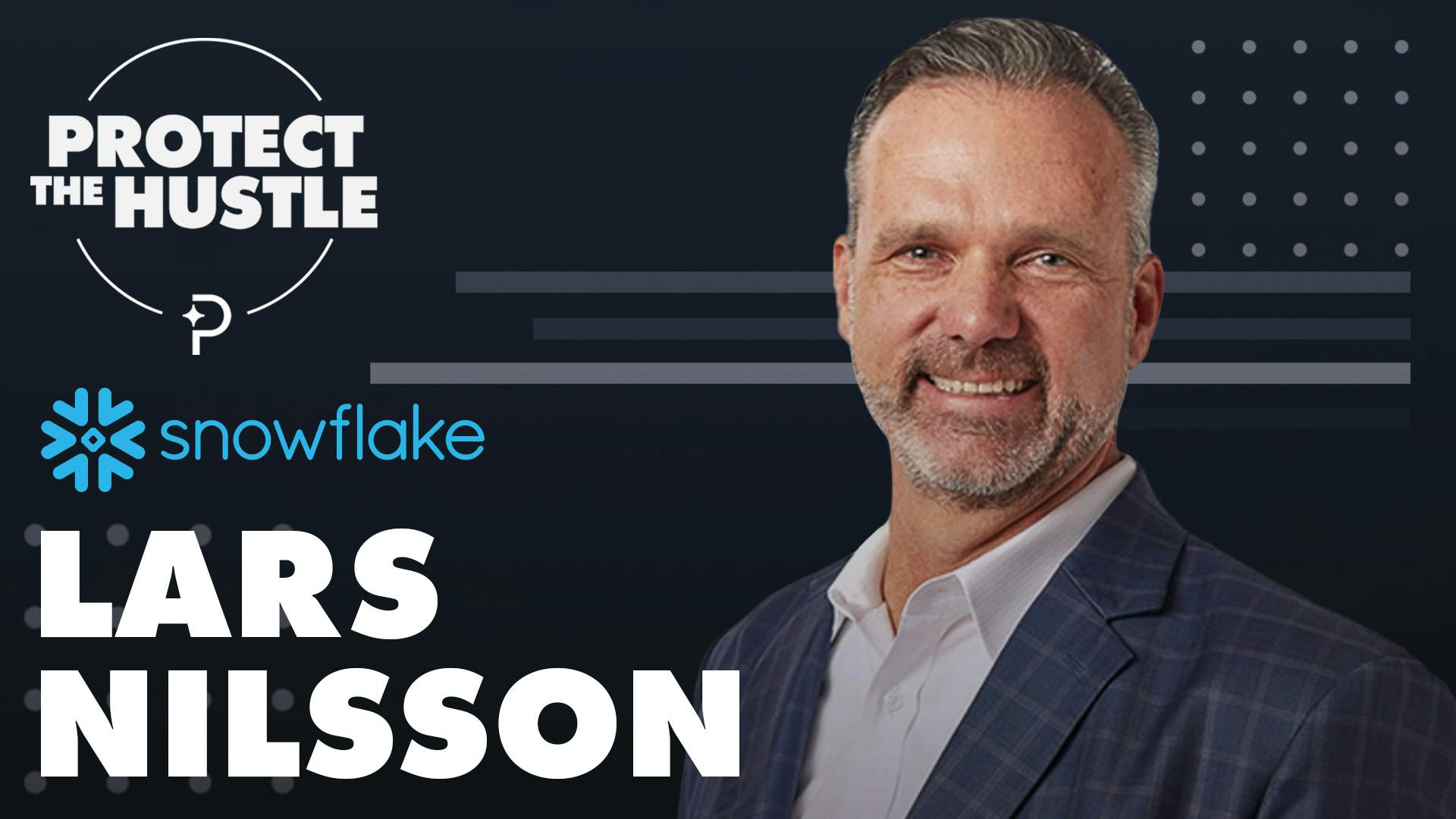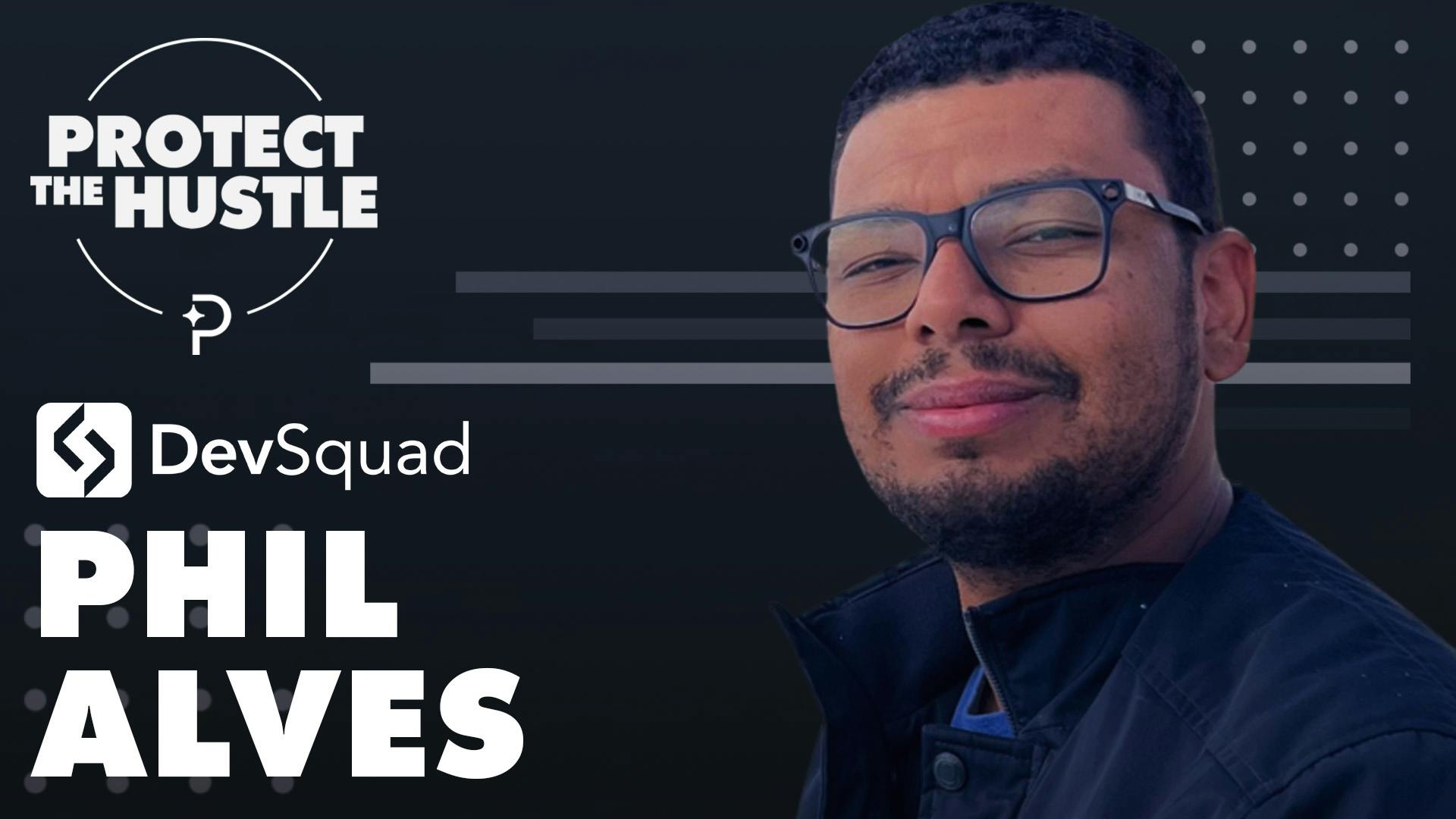
Retaining through activations | Meister's Kevin Kuhn
This episode might reference ProfitWell and ProfitWell Recur, which following the acquisition by Paddle is now Paddle Studios. Some information may be out of date.
Please message us at studios@paddle.com if you have any questions or comments!
On today's episode of Retention Talk, Neel speaks with Kevin Kuhn, Head of Product at Meister. We talk about moving away from the "solution-first" mindset, activation being the first step in retention, and building strong relationships with other teams.
Key points discussed in the episode
If you give the team big problems to solve and aligning on the big problems, that's where motivation comes from.” –Kevin Kuhn
Moving away from the "solution-first" mindset
As Kevin puts it, they try not to just keep fixing every single problem a customer comes to them with. Instead, they gather data around the underlying problem and use that to improve the product. Instead of making faster horses, Meister is trying to evolve into cars.
Activation is the first step in retention
If folks sign up but don’t activate, writing an email to ask what happened can illuminate problems in your onboarding process. A customer who doesn’t understand the product in the first place is unlikely to stick around and boost your lifetime value.
Build a strong relationship with other teams
Sometimes there can be a natural tension between product and other teams. Kevin says, the solution is to work together with customer success and sales teams, because all teams have contact with the user.
Additionally, people who come through your self-service funnel are just as important as customers who sign up through the sales team, and oftentimes these are people who are educated about your product and interested to move forward with what they already know.
Do us a favor?
Part of the way we measure success is by seeing if our content is shareable. If you got value from this episode and write up, we'd appreciate a share on Twitter or LinkedIn.
00:00:00:00 - 00:00:16:17
Unknown
The thought of working on the most important problems and really getting this prioritization right, that we have the right sequencing and are working on the right problem and try to be like doing the right thing. Like being effective rather than just being efficient. If you know, like that kind of distinction where you are doing things the right way, basically.
00:00:16:21 - 00:00:33:06
Unknown
So I think that really works and that's the team is motivated. If you give them big problems to solve and they think through the process of coming up with the big problems and aligning on the big problems, that's actually the way I think that's where the motivation is more easier to drive. I would say welcome to Retention Talk.
00:00:33:07 - 00:00:55:22
Unknown
I'm Neal Desai, and we're talking to the best minds in the world of product and customer success to bring you actionable strategies on reducing churn and boosting retention. This week we're talking to Kevin, the head of product and Meister. In this episode, we break down moving away from a solution first mindset how activation really is the first step in driving retention and ultimately pay careful attention to what Kevin says about teamwork.
00:01:00:15 - 00:01:16:15
Unknown
All right, so Kevin, thank you so much for being here with us today. Our Retention Talk. I am super pumped to learn a little bit more about what you guys are up to and particularly how the product team thinks about retention over among your labs. So real quick, just to kick us off. Kevin, tell us a little bit more about who you are.
00:01:16:19 - 00:01:32:06
Unknown
How did you end up there and you know what you're working on these days? Yeah. Thanks so much for having me. I'm Kevin. I'm the head of product. So nice to have been with the company for pretty much two years now. But the company itself has already been around for 15 years, so it's actually been around the block for a bit already.
00:01:32:06 - 00:01:53:16
Unknown
Converts to the more interesting stuff a little bit about myself. We have three products and they are basically all about helping teams to enhance their creative and collaborative processes. So basically from having an idea to executing on it all the way up to documenting basically. And for the ideation stage, we have Night Master, which was also like the first tool we launched.
00:01:53:16 - 00:02:12:10
Unknown
It's a collaborative ninth mapping tool for teams and then when it comes to executing on the ideas we have nice the task which like the name kind of suggests or it is about like a task management, a project management tool and then like pretty recently we are having like my standard now, which is in like a collaborative documentation space.
00:02:12:10 - 00:02:33:21
Unknown
Basically they're all SAS products and basically into B2B customers. That's a basic overview of what we are, what we are up to. Awesome. No, that's, that's super helpful. And it's interesting. I remember actually some of the prior product years ago, and I think one of the coolest pieces is sort of like people love to share, right? What they sort of put together in your product.
00:02:33:21 - 00:02:51:13
Unknown
And so that's sort of like I'm sure it drives a lot of our reality or even acquisition. So, you know, obviously we're here to talk a little bit about retention. Tell me more about how, you know, you especially as the head of product. Now think about customer and or revenue retention. Right. And when it comes to clearly, you guys are really, really good at acquiring customers.
00:02:51:14 - 00:03:04:19
Unknown
How have you learned the team and you know, who owns it, who tracks it? Tell me a little bit more about how you guys think about retention. There's actually a bit of a backstory. I don't know how much detail I should go, but to be to be honest, like this, this whole topic of retention, it's not a straightforward question to answer.
00:03:04:21 - 00:03:22:16
Unknown
Has it changed so much over time? I mean, I would maybe say maybe it is like a controversial view here. Even that retention for us, it's like I don't think it gets a special seat at the table. We really tried to build it within our processes in a way that kind of retention as a way to kind of come up naturally if it is like kind of the biggest problem we should be focusing on.
00:03:22:21 - 00:03:38:12
Unknown
And it often comes up as that but it's not like that. We have like a special relationship to retention or something. So it's also not always been that case. But I can happy to go into more detail about that. If you're just. Yeah, I mean, I don't think I'd have anyone say that retention is an insurgency at the table.
00:03:38:12 - 00:03:55:10
Unknown
So like, tell me, give me that or give me the backdrop like, you know, real quick on. Yeah. How that came to be. I think like I said, it evolved a bit over time and I think there was a time when especially we as a product team were more focused on like really solution oriented, like work based on like customer requests.
00:03:55:10 - 00:04:21:05
Unknown
And we weren't maybe not focusing enough on what the actual underlying problem is that we were trying to solve or what if it was actually a good problem for like the whole target audience. And as I'm sure you can imagine, this can work in the short run, but in the long run, if you just like work on like this solution oriented work and kind of launch future after feature and to kind of move on to the next one, mostly based on customer requests, it can work, but it kind of also can lead to more dependencies in the product.
00:04:21:05 - 00:04:37:09
Unknown
It can lead to a technical depth and overall to a more complex tool which we which we really don't want to add because it needs to be actually, I think we want to like position or we actually are or like our customers perceive us on the opposite of the scale. So they value us for ease of use and simplicity.
00:04:37:15 - 00:04:56:03
Unknown
And this is actually one of their core differentiators for us. So we so we kind of noticed this as a as a problem maybe we wanted to kind of move away from this solution first mindset and kind of like stop building. You could say like stop building just a faster horses and send a bit more time on trying to think how it can evolve into cars.
00:04:56:10 - 00:05:21:07
Unknown
If you say like that basically and you can say, we were trying to move in to more of a problem source mindset that makes sense. And then also very soon retention enters the picture. So sorry. Sorry for taking a little bit of a detour here. But as part of this problem first mindset, we really tried to make space to have this explicit phase of collecting insights and gathering data around like the core problems we have.
00:05:21:07 - 00:05:39:21
Unknown
And you can almost imagine this as a kind of sort of list of problems we have to we want to solve. And we add to that throughout the quarter. And there's basically stuff we learned directly from customers, which is like was like a main driving factor in the past. And obviously it's still important. So it's like based on the time of feature requests we get from them, based on user testing, we do.
00:05:39:21 - 00:06:06:17
Unknown
And just generally talking to customers but then there's also like the data inside said, we really pay a lot of attention to it. So we look at all of the activation metrics which are important and obviously also then retention. In that case, this is where this comes up a lot. And as a third party as kind of strategic insights, that's always so does kind of like deserve a seat at the table, which is basically like problems around where we want to go as a company and kind of making space for them as well.
00:06:06:23 - 00:06:23:05
Unknown
And I think that the card part of this is I hope this makes sense is that we can as a product team, we own this process of collecting all of this process of curating the list of problems that we really tried to make of the really kind of inclusive process around the company. And really try to engage with the stakeholders a lot.
00:06:23:05 - 00:06:40:11
Unknown
And I think like you said, you also have a lot of listeners from the customer success space, from the sales space. And I think they really have the ear to the ground in a different area. Than we do oftentimes. And we kind of tried to build it in sort of like this collaborative process and end up with this kind of comprehensive list of problems we want to tackle and we want to work on.
00:06:40:17 - 00:06:59:11
Unknown
And again, sorry for this long winded answer, but basically this is a way to to force us to fall in love with the problem, not the solution. And this this kind of makes it possible to figure out the most important problems. And this is also where our relationship are a closer relationship with retention started. And this is the way it gets a seat at our table.
00:06:59:11 - 00:07:18:13
Unknown
Basically by being the most and being one of the most important problems that we can work on. And we want to give it like true that the attention it deserves, but are always aware of what else is out there because we are not that big of a team. So, no, I love that perspective. Right. Because I think to your point, at the end of the day, because retention is all about delivering value every single month.
00:07:18:13 - 00:07:34:12
Unknown
Right. And you can't do that if you're not solving the customer's problem. And so I think having the product team laser focused on making sure you solve their problem right is the core of making sure you're able to deliver value consistently. I guess the other end of the spectrum, though, is like when you failed to deliver value, right?
00:07:34:12 - 00:07:53:09
Unknown
When a customer might cancel and sort of churn. Like what is that what does that process look like? Then, you know, if if your product isn't able to solve your customer's problem, like what happens? Right. Walk me through like that, that experience. It's a good point. I mean, I think, like I said, retention really came up as sort of like a big problem.
00:07:53:09 - 00:08:14:10
Unknown
And I think there's there's there's definitely more perspective to look at it. And then it was also like our like when we first started really to dig deep into retention, we also kind of really figured we have to make this more tangible. We have to break this big topic of retention down a bit. And I think you are already mentioned like this, this churn part, which is definitely like a part for us that we see as part of this attention.
00:08:14:10 - 00:08:38:04
Unknown
So basically like this resurrecting the users that were previously active and bringing them back to active service. So that's definitely, definitely also a big part. But actually like we we found for retention for us, actually, if we if we break it down a bit more that we we had actually that the biggest level most in the activation phase for the product to really like getting people to know how they can derive value from the product.
00:08:38:04 - 00:08:56:07
Unknown
So it's not it's like you said, it's really about getting the user to experience the value that yeah, this activation phase really was was one of the biggest systemic sense. Sure. To what extent do you guys think about. So something that I'm always curious about is like some of these learnings from customers at different points of the user lifecycle, right?
00:08:56:07 - 00:09:13:18
Unknown
So whether it's new customers customers that are upgrading or downgrading and then ultimately turning like is there a process for understanding why customers cancel? Yes, there's a process. I mean, we do much of the standard things, I would say. I mean, I think these are the standard things in the sense of, okay, one's a customer. We're just really actually churning.
00:09:13:18 - 00:09:30:20
Unknown
We can ask them why they're training, and we also put them into kind of cohorts to make it like easy to follow up with them. So I would say there's there's definitely this kind of process. And it's also a lot of obviously this handles on the on the customer success side. So they are they're really working hard on making that possible, I would say.
00:09:30:20 - 00:09:48:06
Unknown
And it's really, really a cooperation with us. And then there I would say. Got it. What is what's something that you guys may have struggled with before that, you know, you guys may have really cracked or it could be a campaign or a growth loop or something in the product that that has particularly worked well over the last, I don't know, six or 12 months.
00:09:48:06 - 00:10:06:07
Unknown
I mean, it would really actually come back to this activation thing I talked about. So like really looking at how the customer gets into the get to the product and understand the value of the product. And it's really like a like an area. There's like a lot of leverage since all of the uses actually have to go through this activation phase.
00:10:06:07 - 00:10:22:04
Unknown
Like this, like first part of retention, if you look at it like that. And for us, we kind of like figured it out for looking at data and stuff like that. But I think like what you mentioned before, like Customer Inside Price is like talking to the customer was also like one of the important, like the most important parts there.
00:10:22:05 - 00:10:41:17
Unknown
I would say. So in the sense of actually just getting the list of customers that didn't activate and writing them an email, getting in touch with them and us in the, hey, what's happened? Why didn't you continue after you sign up and what happened? Why didn't you like the product that was actually like a really like learning phase for us, since most of the customers didn't actually say that they disliked the product even more.
00:10:41:17 - 00:11:08:21
Unknown
Like, I'll check it out later. And obviously, as you know, with such an abundance of tools out there, this later, like actually never comes around. And like this was a good starting point to to figure out we you really need to invest more time in like the DVD the first minister, the user even spent in the product to get them through that activation to make them understand the product ends and really have them see less empty screens know what the product is about, providing them with templates and stuff like that.
00:11:08:21 - 00:11:29:08
Unknown
And just really give us the starting place basically to start a B testing and get something out that we can measure and then build momentum around that. And yeah, but obviously there's still much more to improve for that. And so retention of all. Got it. No, that's, that makes sense. I feel like people don't value activation enough in the context of retention.
00:11:29:08 - 00:11:46:06
Unknown
Right? And so I love I love the emphasis there and I'm sure that's like it's hard to see that. I'm sure it's hard to see the impact of that immediately. But it's one of those things where like in the long run, I'm sure it has an exponential impact in sort of keeping customers around. I mean, that's really what we learned to start from that process.
00:11:46:06 - 00:12:05:03
Unknown
Like really at the at the very beginning or like at the at the early stages of this, like if you really as a funnel of the funnel basically and optimize their and then ultimately get more or people towards towards the latter stages as well, like really, really start there and then and focus on the engagement part. And then in the end on the on the restriction part.
00:12:05:08 - 00:12:20:21
Unknown
But yeah, that's, that's how we view it basically. Got it. No, that makes sense. How do you measure success? Like tell me like, you know, clearly you guys, you guys care a lot about obviously activation. But, but even retention, right? In the context of keeping customers around, like how do you know if you're doing well and who owns that?
00:12:20:21 - 00:12:39:00
Unknown
I think we care a lot about we really try to be outcome oriented. So not just like but I mentioned in the beginning when we were more solution oriented, I think that was more focused on output. So launching feature launching another feature, launching another feature. And like I said before, we really had like the learning that's that's not the way to go.
00:12:39:00 - 00:13:10:16
Unknown
And we tried to, to shift it more towards being more effective so meaning that we really want to work on the right things. And like you said, okay, how do we measure success? I think Measure is a good partner. So we really cared all about the data inside. Like I said before, I like all of the problems, like the top problems we try to work on, see as much as possible, try to, to launch it as some sort of AB testing and to really figure out what the actual outcome of changes like can be shifted in the right direction, can be shifted towards the metrics that we defined before it.
00:13:10:18 - 00:13:27:18
Unknown
We actually want to influence just that makes sense. Got it. No, not totally does. And like has that has I worked like how have you found the broader team? Yeah. How have you aligned like the broader team to really rally around that? I think like how we rally the team around it. It's through the process. I'm really sorry.
00:13:27:18 - 00:13:46:15
Unknown
I feel like I'm repeating myself, but I think like the thought of working on the most important problems and really getting this prioritization right, that we have the right sequencing and are working on the right problem and try to be like doing the right thing, like being effective rather than just being efficient if you know, like that kind of distinction where you are doing things the right way, basically.
00:13:46:19 - 00:14:04:07
Unknown
So I think that really works that the team is motivated. If you give them big problems to solve and they think through the process of coming up with the big problems and aligning on the big problems, that's actually the way I think that's where the motivation is more easier, the race, I would say. And then obviously like the output part, like the outcome part.
00:14:04:07 - 00:14:19:10
Unknown
You just we just talked about obviously as well. But I think the first part is really important for us. The problem part, working on the right product to go to, that makes sense. Cool. Awesome, man. And then last thing, as I as I know, we're sort of running up on time here that I'd love to ask is what are what are you proud of?
00:14:19:10 - 00:14:34:11
Unknown
Right? What are you proud of having built as you think back on on, you know, your time here and the team? I think there's a couple of things that come to mind, but I think one thing like especially now with with the change head of product so it's not I would say it's not like specific like in the specific product.
00:14:34:11 - 00:15:08:02
Unknown
It's something I would mention. But now it's also like a lot of like relationships and the goals you set and how you work towards the goals as a team. So I think one thing I would like to highlight is I think the relationship we, we, we've built over time with with sales and also customer success because I mean, I think this is really true for for many B2B focus companies that there's like this, this natural tension oftentimes between product because they're like, like trying to be like the product that kind of company and wanting to optimize for the self-service business and then sales and success, they're kind of on the other side and want to push
00:15:08:02 - 00:15:25:21
Unknown
more towards direct sales and they want to have like the bigger customers. And, and this is kind of also reflected in terms of features, obviously. So we want to like we if I say we like the product department, we want to like optimize quality self-service. And then the other side is more for the the bigger things, whether like enterprise features we can do.
00:15:25:21 - 00:15:44:18
Unknown
And I think like the learning we had there or like the cool thing is that by talking and by actually aligning and learning about the other more you can you can actually like or you realize you just realize that in order to be successful, you just have to make it a corporation and it's not product versus sales. It has to be like product and sales and success kind of.
00:15:44:18 - 00:16:04:06
Unknown
And yeah, so I think that's really like something to be proud of, like just to have that relationship and to work on that relationship. And it kind of ends up that we, we all recognize the importance of, of us into small teams that come through self-service and we know that we can help them get onboarded and kind of like activated like we said before through that.
00:16:04:19 - 00:16:29:00
Unknown
Yeah. Like this in this bottom up SaaS fashion and get to know the product and then help them level up over time. And then basically that's sales and success know once they're they are ready to to scale up and have like this this kind of like this product qualified leads concept where you can say, okay, hey, maybe this is like a customer you should talk to in the sales team, in the success team and really help them scale up and then then move from there.
00:16:29:04 - 00:16:45:18
Unknown
And there's really like a really cool synergy if you build those like that sort of product brings in the customers, turns them into qualified leads and basically sales can help them scale and grow over time. And to say actually you create more value for the customer and you can also capture like an appropriate share of it basically. And it's, it's cool to do it together.
00:16:45:18 - 00:17:02:08
Unknown
And I think that's that's one of the things I would mention that I love it. I mean, that's, that's again product and sales on the same page. The thing is, we can do an entire episode on just, just that topic alone. So that's, that's awesome, man. Well, awesome. Kevin. Well, thank thanks for all your insight here. How can people find you and if they want to learn more?
00:17:02:08 - 00:17:26:04
Unknown
So the best thing to find more about my says is are like the main website is just meister dot SEO and this is like the hub for all the free products. So it's an ATSDR to come and yeah, basically from there you can find my most massive task and nice to know it and also learn about the jobs we're probably we are just like having put out as like quite a few roles available if you're interested.
00:17:26:04 - 00:17:42:06
Unknown
Also looking at hiring for some new product managers if that's something for you. So there's that and yeah, for me, I mean you can probably just look me up on LinkedIn and June and that's if you look for that with most I should probably should probably come up, but I don't. Perfect. Thanks again, Kevin. Really appreciate the time and thanks.
00:17:42:17 - 00:17:43:10
Unknown
Thanks for being here.
00:17:48:04 - 00:18:06:12
Unknown
A huge thank you to Kevin for lending their time to the podcast. This was really helpful for me in just furthering my perspective on how companies are really focusing on retention these days. To recap, we talked about moving away from a solution first mindset. As Kevin puts it, they try not to just keep fixing every single problem that a customer comes to them with.
00:18:06:16 - 00:18:29:04
Unknown
Instead, they gather data around the underlying problem, chase the implication, and use that to improve their product instead of making faster forces. Meister is trying to evolve into cars. Second, activation is really the first step in making sure a customer sticks around a fork, sign up, but don't activate writing an email to ask what happened can actually illuminate problems in your onboarding process.
00:18:29:11 - 00:18:50:04
Unknown
A customer who doesn't understand the product in the first place is unlikely to stick around and boost LTV, and lastly, build a strong relationship across teams. Sometimes there can be natural tension between product and other teams, like sales and customer success. Kevin says the solution is to work together with sites and sales because all teams have contact with the user.
00:18:50:08 - 00:19:08:10
Unknown
The solution is to work together with customer success and sales because all of these teams ultimately have relationships with the user. Additionally, people who might come through your self-service funnel are just as important as customers who sign up to the sales team and oftentimes these are people who are educated about your product. Get interested to move forward with what they already know.
00:19:08:16 - 00:19:23:09
Unknown
Thanks for listening to this week's episode of Retention Talk. Don't forget to subscribe at retention. Torkham and if you want to help, spread the word. Tag me on Twitter and Neil the side. 23 and let's dish on today's episode. Please give us a five star review on the podcast platform with your choice and let your friends know as well.
00:19:23:12 - 00:19:33:00
Unknown
And if you know a great guest, send me a message at Neil, a proper welcome. This has been a proper world record production, the largest, fastest growing media network dedicated to the world of subscriptions

